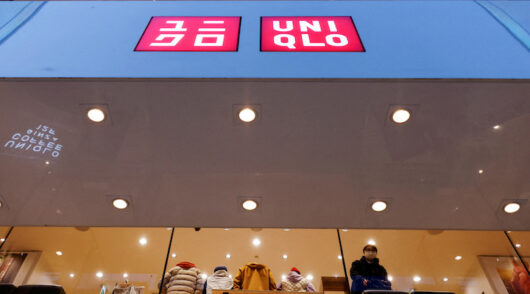China will cut import tariffs on nearly 1500 consumer products from July 1 – a move likely to have a modest impact Hong Kong retail sales.
According to Reuters, China’s import tariffs for apparel, footwear and headgear, kitchen supplies and fitness products will be more than halved to 7.1 per cent from 15.9 percent.
Cosmetics, such as skin and hair products, and some undefined “medical and health products”, will also benefit from a tariff cut to 2.9 per cent from 8.4 per cent.
Some tariffs on luxury goods have been trimmed as well, although the effect of that on retail prices appears to be marginal. Other goods which Chinese consumers would not source from Hong Kong, including household appliances and packaged foods, will also become cheaper.
Pascal Martin, partner at OC&C Strategy Consultants, says that by definition, whenever price differences between Hong Kong and China shrink, Hong Kong retail faces a negative impact.
“However, given the relatively small scale of the drop relative to the goods retail price (a 7 per cent average drop in duty on imported wholesale price may only enable a 2-3 per cent drop in retail price), Hong Kong retailers may not find it that difficult to reduce their operating costs to maintain their comparative price attractiveness versus China – for now. Therefore, we believe the impact will be more psychological than tangible.”
Encouraging domestic consumption
Martin says the reduction of import tariffs is an indication of the Chinese government’s effort to attract and retain more domestic consumption.
“It may displace some sales from domestic brands to international brands, and secondly it may shift sales from cross-border purchases (online or during travel, such as in Hong Kong) to domestic purchases of international brands. Some global players have launched global price harmonisation already, even before the tariff change, so the trend should point to more domestic consumption.
“However, lower prices may also grow the total pie by making these brands somewhat more accessible to a broader population of shoppers.”
Martin describes the reduction of import tariffs as “helpful” but cautions that the total price from landing goods in China to their retail price includes both VAT and consumption taxes.
“Based on OC&C consumer research, consumers start hesitating to buy international brands in China when the difference between these brands’ China price and their home market price is more than 15 per cent of the home price. This means that the impact of the cut in import tariffs will be highest for brands that were just above this 15 per cent price difference threshold and they will likely see their China price get into the “non-hesitation” zone below 15 per cent.
“The impact of a lower tariff will vary by categories. For some categories like high-end watches where the import tariff is 50 per cent of additional tax and tariffs, the impact will be high. On the other hand, for jewellery, 7-15 per cent out of 50-60 per cent tax and tariffs is not a lot.”






